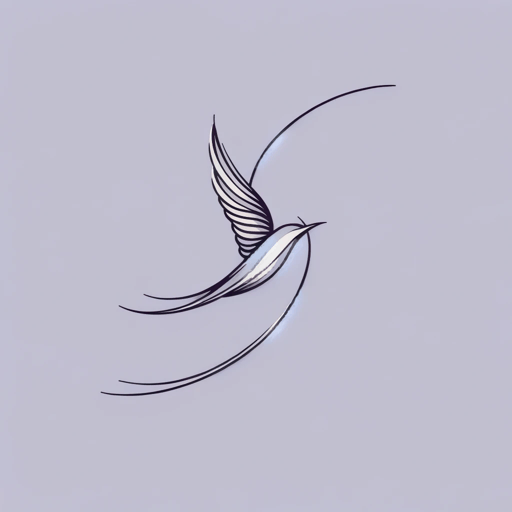16 pages • 32 minutes read
William WordsworthTo the Skylark
Fiction | Poem | Adult | Published in 1825A modern alternative to SparkNotes and CliffsNotes, SuperSummary offers high-quality Study Guides with detailed chapter summaries and analysis of major themes, characters, and more.
Themes
Freedom Versus Domesticity
In the poem’s first stanza, the speaker sets up the idea of freedom and domesticity as contrasts. In their first rhetorical question, they ask the skylark if it loathes the earth, even as it flies. This dichotomy is both literal and metaphorical. Skylarks do fly, and they are known for building nests upon the ground instead of in trees like some other bird species. On a metaphorical level, the skylark’s flight represents freedom and independence, while its nest on the ground represents domesticity, stability, and comfort: “Thy nest which thou canst drop into at will / Those quivering wings composed, that music still!” (Lines 5-6). The speaker presents the sky/earth and freedom/domesticity duality as a one-or-the-other preference: they suggest that the skylark must favor the sky or the earth, or freedom or domesticity.
The speaker then shifts their line of reasoning. In the second stanza, they note how even when at “the last point of vision” (Line 7) in the sky, the skylark’s “strain” (Line 8), or song, is “love-prompted” (Line 8) and forms “a never-failing bond” (Line 9) between the skylark and its loved ones on the earth.
Related Titles
By William Wordsworth

A Complaint
William Wordsworth

A Slumber Did My Spirit Seal
William Wordsworth

Composed upon Westminster Bridge, September 3, 1802
William Wordsworth
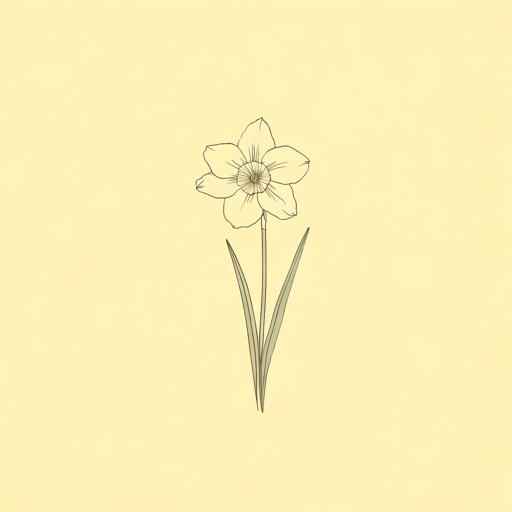
Daffodils
William Wordsworth
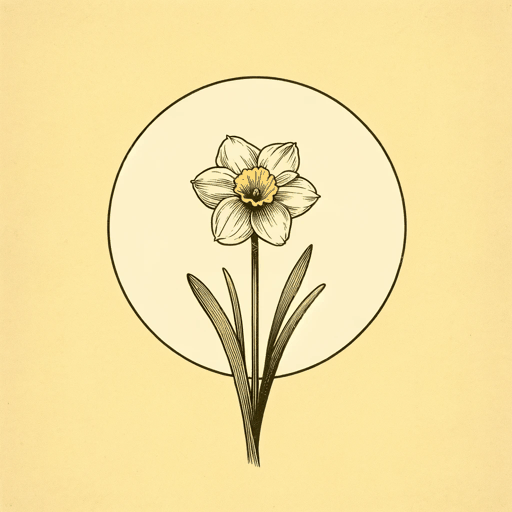
I Wandered Lonely as a Cloud
William Wordsworth
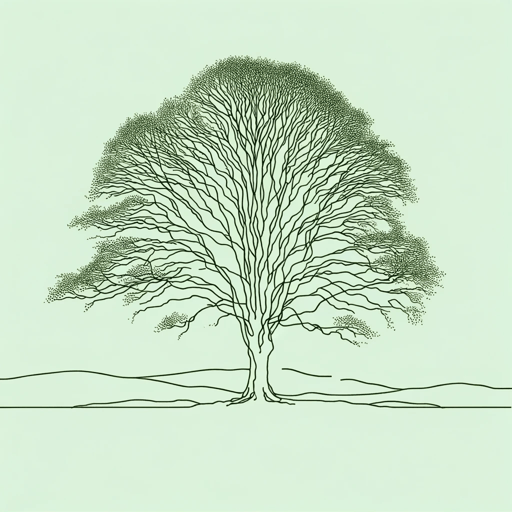
Lines Composed a Few Miles above Tintern Abbey ...
William Wordsworth

London, 1802
William Wordsworth

Lyrical Ballads
William Wordsworth
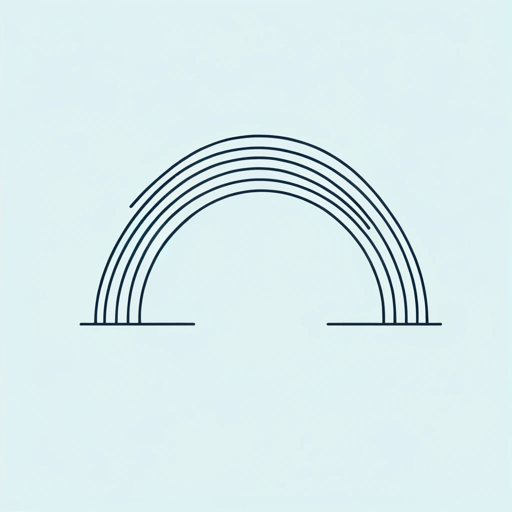
My Heart Leaps Up
William Wordsworth
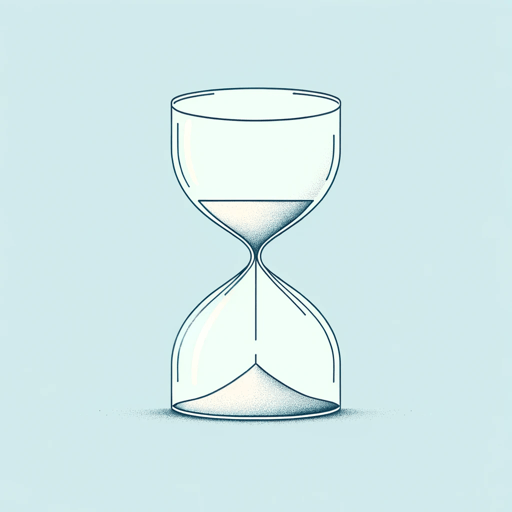
Ode: Intimations of Immortality from Recollections of Early Childhood
William Wordsworth
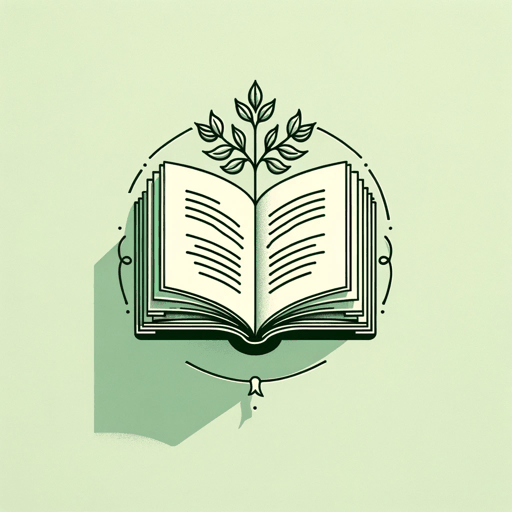
Preface to Lyrical Ballads
William Wordsworth
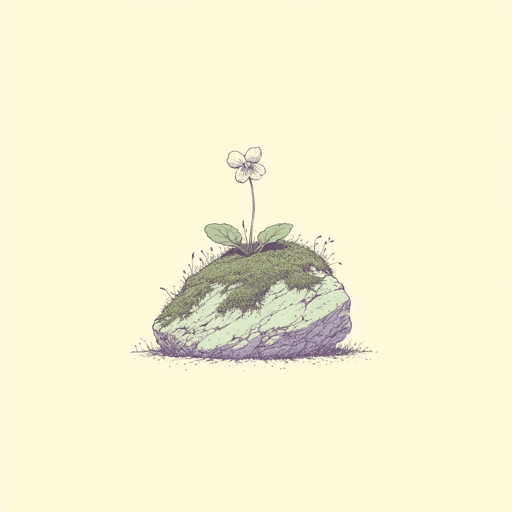
She Dwelt Among The Untrodden Ways
William Wordsworth
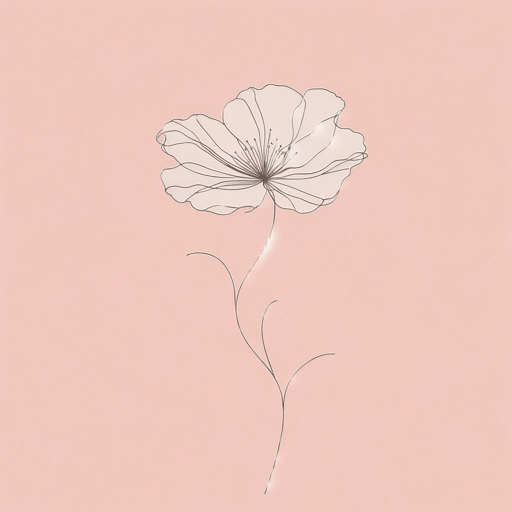
She Was a Phantom of Delight
William Wordsworth

The Prelude
William Wordsworth
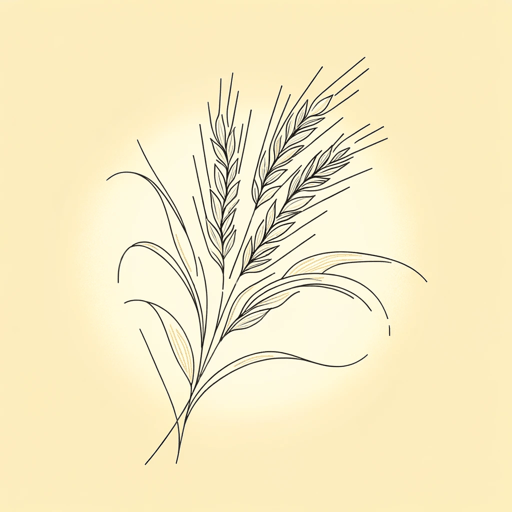
The Solitary Reaper
William Wordsworth
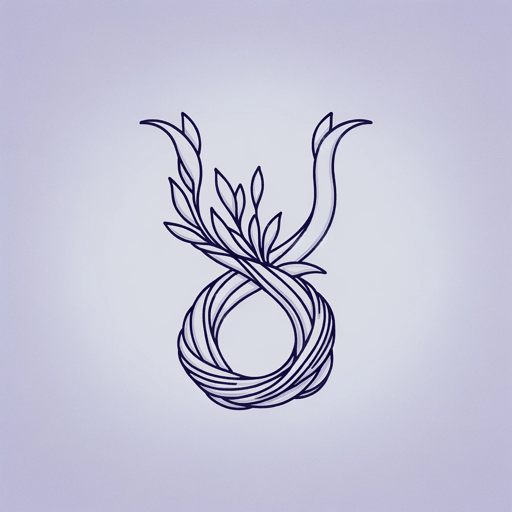
The World Is Too Much with Us
William Wordsworth

We Are Seven
William Wordsworth
